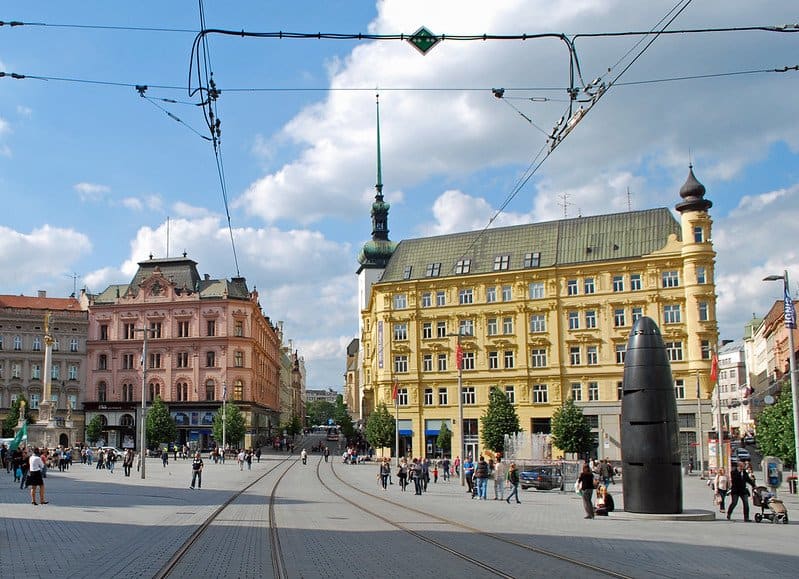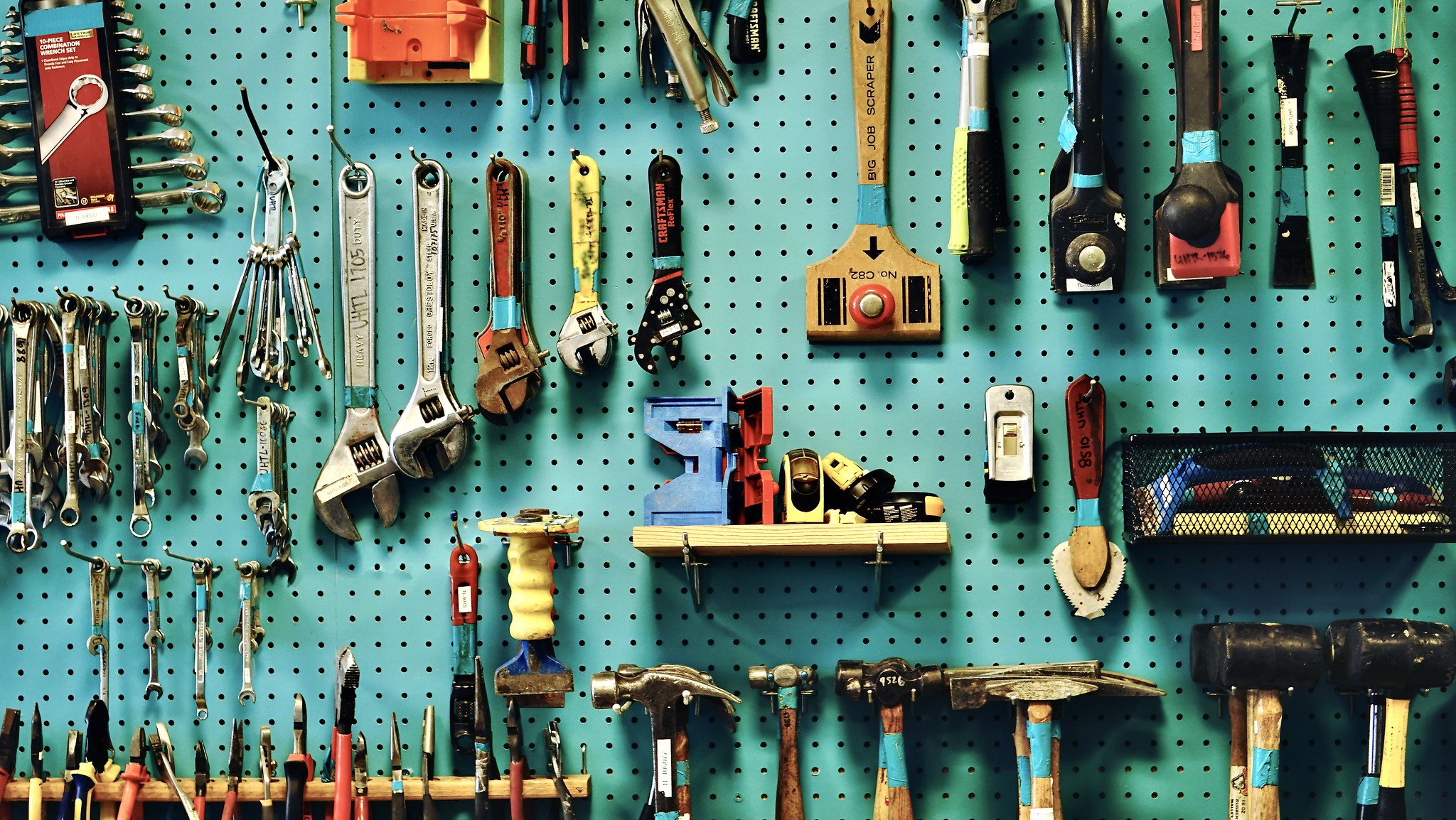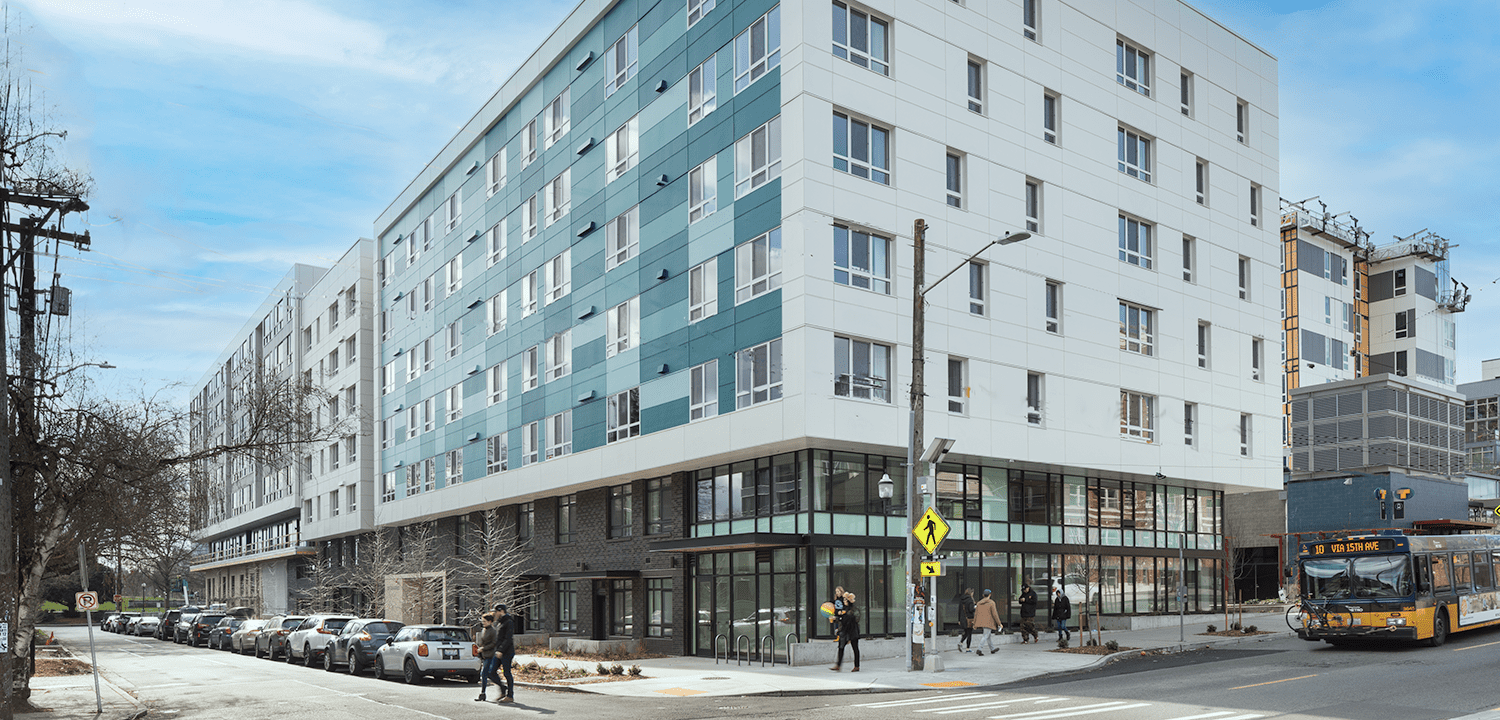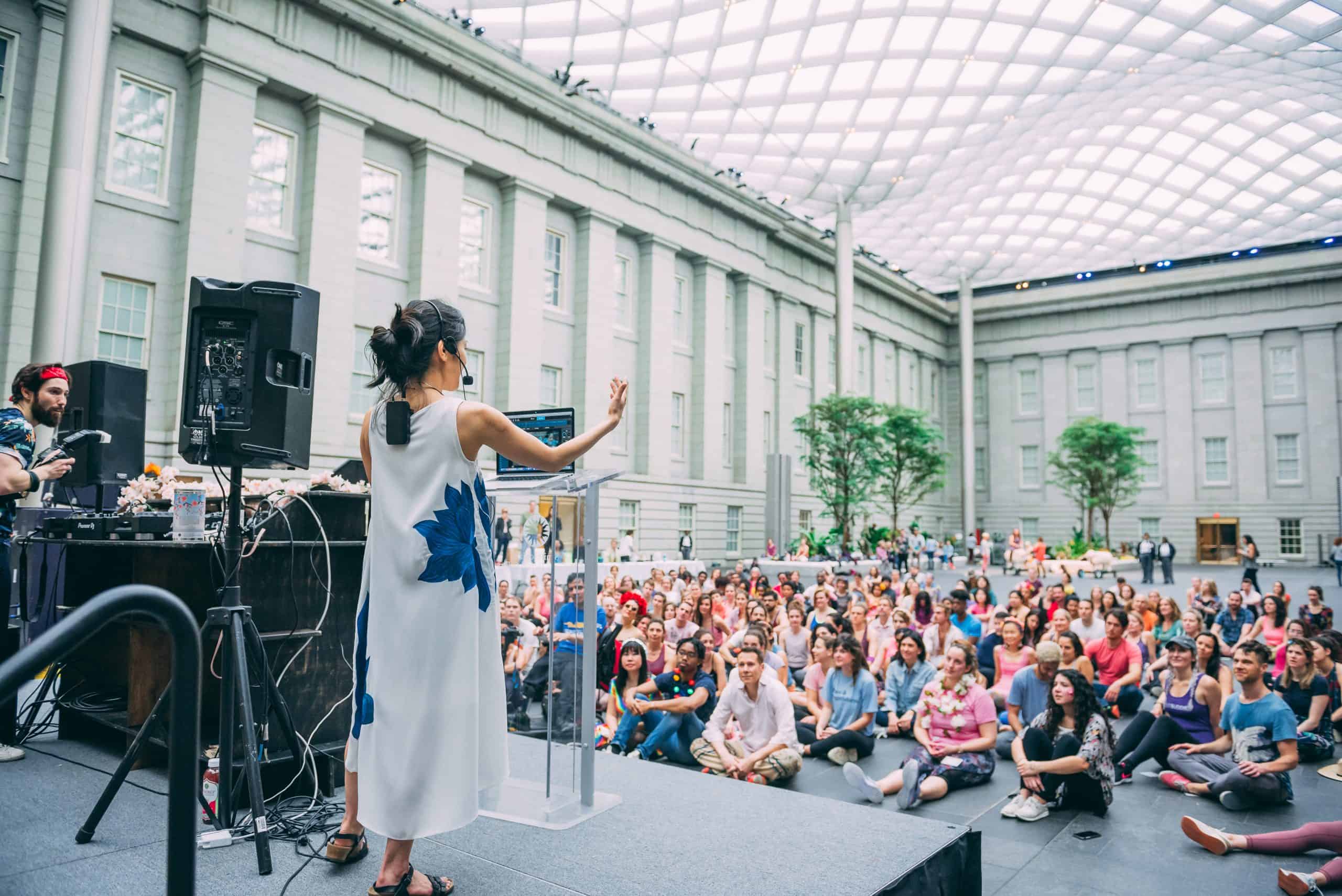Cool enough for ya?
About two decades ago, presumably on a sweltering summer day, someone in Toronto looked at Lake Ontario and thought: Could we use that to air condition our city?
Indeed they could. Today, through a remarkable lake-powered cooling system, over 100 buildings in Toronto are kept comfortably chilly throughout the summer. The system draws cold water from the depths of Lake Ontario, pumping it through massive pipes to City Hall, Toronto General Hospital, even the city’s NBA arena. The frigid water flows through the system under its own propulsion and makes conventional air conditioning all but irrelevant, saving enough electricity to power a town of 25,000 people.
The lake-powered system works so well that Toronto is now planning to expand it by 60 percent. Similar systems exist in cities around the world, from Hong Kong to Bahrain. Despite this, many municipal leaders still have no idea that such technology is available. “I think the big thing is informing people that it exists,” said a spokesman for a company that designs such systems. “People don’t know it’s an option.”
Read more at the Washington Post
Come on in
In the Czech city of Brno, arriving migrant workers get a remarkably warm welcome. As they disembark at the bus station, an intercultural worker greets them with a friendly smile and a card with a phone number on it. The new arrivals are invited to call the number should they have any questions. “For people who come here for short-time stays, integration means understanding the system and cultural differences,” says one of these greeters.

These aren’t representatives from an advocacy group. They’re government workers employed by the city’s Department of Social Inclusion, and many of them are migrants themselves. Their job is to make arriving migrant workers feel comfortable and offer basic support. Need tips on using the transit system? Finding an apartment? Connecting with job opportunities? The personal touch allows the greeters to customize their support to the individual — a Moldovan farmer has different needs than a Vietnamese construction worker.
The scheme was put into force in 2017 when the city noticed a declining number of NGO workers providing a similar service, presumably due to lack of funding. As a secure, well-paying government job, it’s easier to retain such workers. “Municipality intercultural workers stay within the structures where the policies and solutions are being created,” said the program’s coordinator.
Doing the minimum
A little-known fact about the U.S. minimum wage is that it doesn’t apply to people with disabilities. That’s right: if you’re a worker with a disability, you can literally be paid pennies per hour for your labor.
This exemption was created decades ago to incentivize employers to hire injured veterans returning from war, but more recently it has come to be seen as discriminatory. And for good reason: Companies that take advantage of the exemption pay their employees with disabilities an average of just $3.34 per hour.
Crushed by negative news?
Sign up for the Reasons to be Cheerful newsletter.Soon, however, this may no longer be allowed. The 19th unearths a largely overlooked provision in the Build Back Better legislation working its way through Congress that would incentivize states to stop underpaying people with disabilities. It would do this by providing grants that states could use to help companies pay these employees the minimum rate or higher. There’s reason to believe it could help end the practice entirely: Since 2013, the number of companies paying employees with disabilities a sub-minimum wage fell by 56 percent. “Even without this legislation, there’s a really steady drop-off in [workshop] employment,” said one researcher. “An awful lot of providers are beginning to move out of sub-minimum wage work anyway.”







